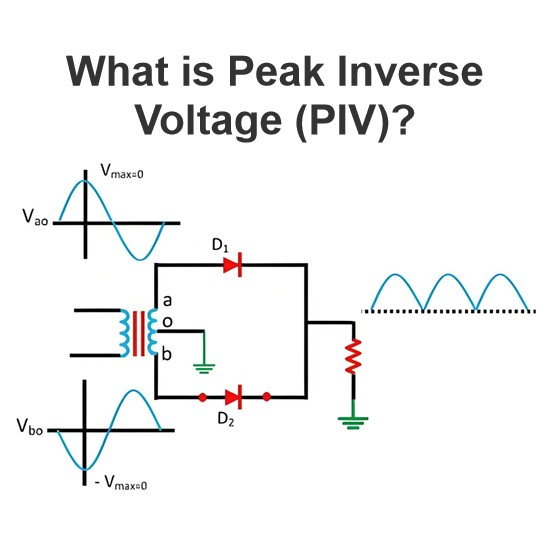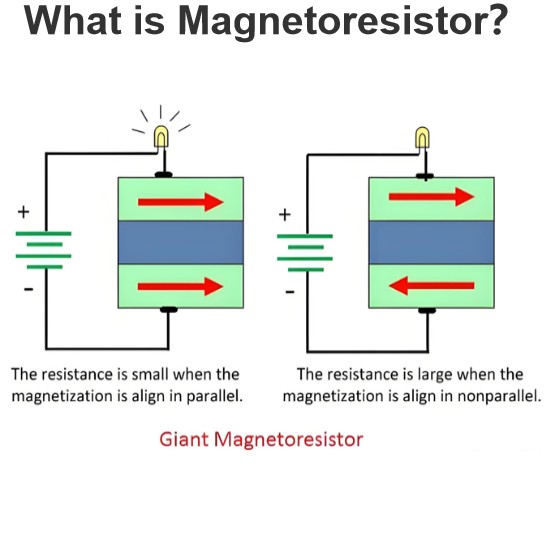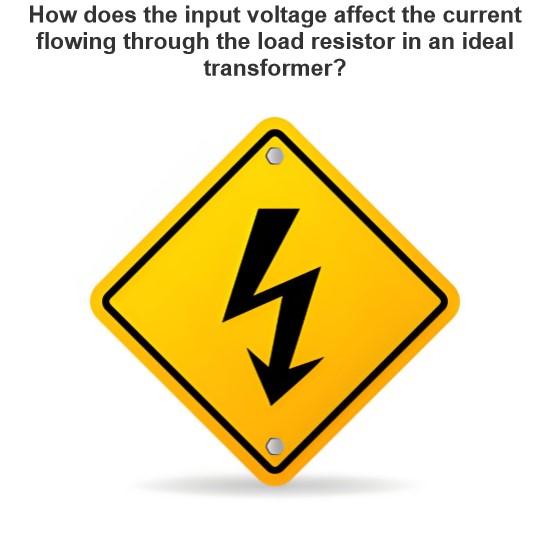The difference between ordinary induction motors and cage induction motors
Ordinary induction motors and cage induction motors actually refer to the same type of motor, that is, cage induction motors are one of the most common types of induction motors. The cage induction motor is named for its rotor structure, which consists of a number of short-circuited guide bars that are connected together to form a cage-like structure. The following are the characteristics of cage induction motors and the differences between them and other types of induction motors (such as slip-ring or winding rotor induction motors) :
Cage induction motor
Rotor structure: The rotor of the cage induction motor is composed of a plurality of short-circuited guide bars, which are shorted through the end ring to form a cage structure.
Rugged and durable: Because the rotor structure is simple and there is no external connector, this motor is very rugged and easy to maintain.
Starting characteristics: The cage induction motor has a high starting torque, but the starting current is also relatively large.
No external circuit required: The rotor of the cage induction motor does not require an external circuit, so it is highly reliable.
Wide range of application: widely used in pumps, fans, compressors and other occasions.
Advantage
Low cost: Production costs are relatively low.
Easy maintenance: no slip ring and brush, reducing the maintenance workload.
High reliability: simple structure, low failure rate.
Other types of induction motors
Wound rotor induction motor
Rotor structure: The rotor of the winding type rotor induction motor is composed of winding, which is connected to the external circuit by slip ring and brush.
Starting and speed regulation: Starting torque and running speed can be changed by adjusting the resistance of the external circuit.
Application: Suitable for applications requiring smooth speed regulation or high starting torque.
Differential summary
Rotor construction
Cage type: The rotor consists of a plurality of short-circuited guide bars, without external circuit connection.
Winding type: The rotor is composed of winding and connected to the external circuit by slip ring and brush.
Starting characteristic
Cage type: high starting torque, but large starting current, suitable for light load starting.
Winding type: The starting characteristics can be adjusted through an external circuit, suitable for heavy starting.
Speed regulation capability
Cage type: usually does not have smooth speed regulation ability.
Winding type: Speed regulation can be achieved by changing the resistance of the external circuit.
Applicable occasion
Cage type: widely used in occasions that do not require speed regulation, such as pumps, fans, etc.
Coil type: suitable for applications requiring speed regulation or high starting torque.
Maintenance and cost
Cage type: Easy to maintain, low cost.
Winding type: The maintenance is more complex, the cost is relatively high.
Sum up
Cage induction motors are the most common type of induction motor and are known for their ruggedness, ease of maintenance and low cost. Although the winding rotor induction motor is more flexible in terms of starting characteristics and speed regulation ability, its structure is complex and the cost is high, and it is suitable for applications requiring speed regulation or high starting torque.
The Electricity Encyclopedia is dedicated to accelerating the dissemination and application of electricity knowledge and adding impetus to the development and innovation of the electricity industry.













